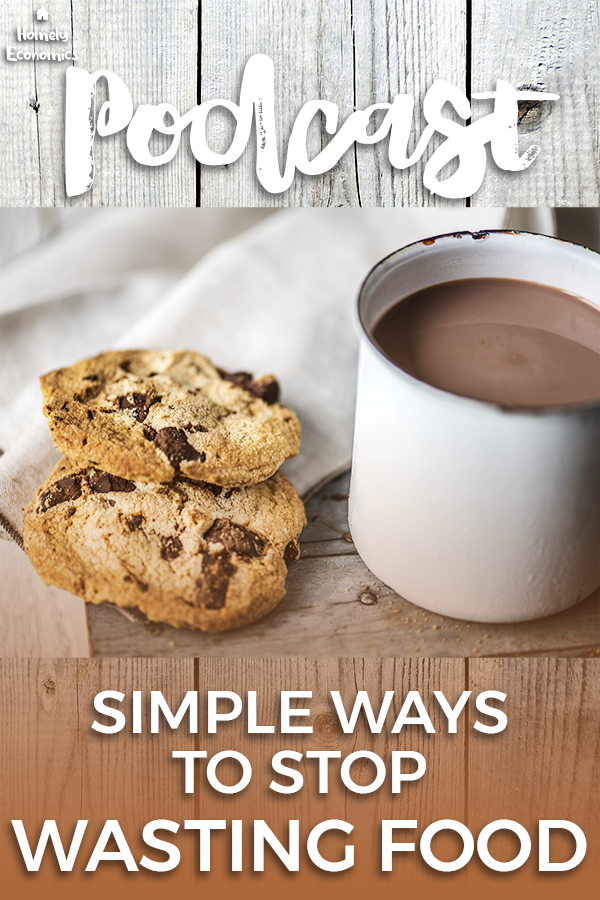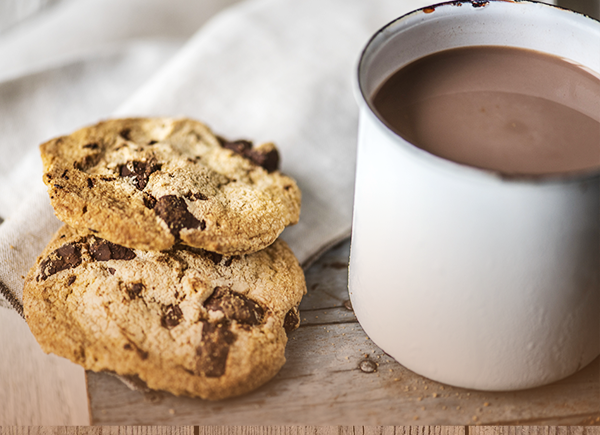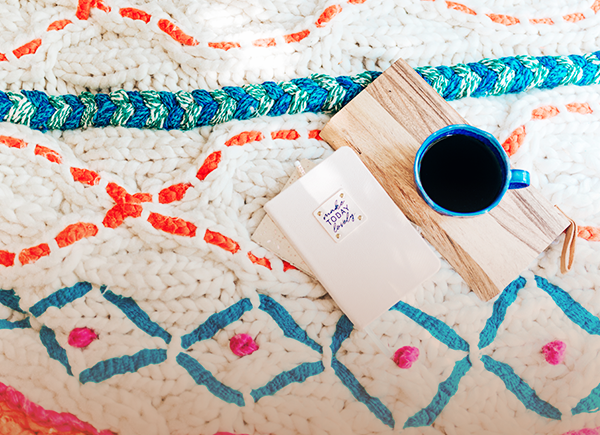Food waste has been a hot topic for some time now, and I’ve already written a couple of articles about it on the blog. However, right now, it’s more relevant than ever. Even for those of us who can afford to throw extra cash at the supermarket till, the process of going out and buying food has become a bit more complicated and laborious.
Lots of people feel anxious about leaving the house to go to the supermarket, so they’d rather make the most of what they have. Because of this, food frugality has taken on a new importance.
My name is Lee, and you’re listening to the Homely Economics podcast.
Simple ways to stop wasting food:
I’m not really going to venture into how you can save money at the supermarket – I’ve covered that in various articles on the blog, and with restrictions on movement and social distancing, it’s much harder to take on the kind of tricks I usually would do. Right now we’re happy to go to whichever store doesn’t have a queue, and the coupons and cashback will have to wait.
Plan your meals in advance and write a shopping list around them
I used to think I was very bad at meal planning, but the truth is that we have a general idea of what our dinners will be each week, so the autopilot setting kicks in and when we hit the supermarket, we zero in on just what we’re after. Basically, we’ve gotten into the routine of automatically planning our meals.
If you’re not accustomed to meal planning, then it probably seems restrictive, but it doesn’t have to be. My husband could easily eat the same thing night after night, but I just can’t; however, we have a routine in place now where we can generally throw a “fall back” meal together on little notice and we make sure that the basic ingredients are always in the house.
When I find something especially interesting (or on offer) at the supermarket, I don’t have to worry about a strict schedule because of the next tip, which is:
Buying frozen goods & freezing short-lived goods
Because we often buy frozen meat and poultry, there isn’t a rush to use them for a planned meal if a better idea or a bargain comes along at the last minute. If we’ve bought fresh items and it looks like they won’t be used in time, we’ll put them into the freezer.
It’s worth mentioning that we’ve got a very small freezer compartment with our fridge, so we’re not exactly stockpiling or doing anything out of reach for the average family.
Use the “weird” bits of food first
Stick with me here.
There are lots of perfectly edible parts of foodstuffs that get thrown out. Take, for example, broccoli stalks. I love them – chopped and roasted, they’ve got a unique, delicious taste. However, most people don’t bother eating them. And even now that you know that broccoli stalks are edible, chances are, you’ll use the florets first and end up with a weird-looking bit of stalk that you feel weird about eating.
Then you’ll forget about it in the fridge until it gets manky and gets thrown out.
However, if you make a point of using the stalks up straight away, the next time you go for your broccoli, there’ll be no hesitation and no psychological blocks waiting for you in the fridge!

Similarly, if you’re not the kind of person who likes the end bits of your loaf of bread, then bite the bullet and use them up first. But I still don’t like them, I hear you say… well, fair enough. Either transform them by squishing them in a panini press (my personal option, as melted cheese makes everything wonderful) or chop them up straight away to turn into croutons or other recipe ingredients.
Basically, you can always turn that thing you don’t like into something useful, if you do it straight away, before you have a chance to procrastinate, and before it has a chance to go stale or rotten.
But what if your family thinks broccoli stalks are just too weird? Then simple – hide them and keep it to yourself for the rest of your life.
Keep your mouth shut
Yes, we’re back to hiding food.
As long as there are no allergies or food intolerances to consider, I’m totally in favour of hiding ingredients in meals. The problem comes when you let your deception slip – so keep it to yourself, and resist the urge to gloat over the con you’ve just pulled.
I should say that I would not do this with something that was:
- just outright disgusting – sosmething I go into below.
- dangerous – as in, allergies or food intolerances, as just mentioned.
- the source of fear – as in, a genuine phobia. Because if anyone wants to secretly serve me lizard soup and expect not to be my lifelong enemy as a result, they are sorely mistaken.
There’s a line you shouldn’t cross, and I think you should know your family’s feelings better than anyone else’s.
So what kind of food deception would I pull and keep to myself for all time?
Well, my favourite example is Green & Black’s chocolate beetroot cake*. It’s a smash hit, but it wouldn’t be if I declared the ingredients each time I served it. Next would be using aging milk and yoghurt to make things like pancakes and scones, and leftover potatoes to make potato cakes.
In fact, anything made using leftovers, I generally keep to myself.
So let’s talk about leftovers.
Saving leftovers & using them quickly
I do think some foods taste better as leftovers! Well, we don’t always end up with leftovers in our house, depending on what’s been served, but one thing I’ve learned is that you’d better use them quickly. Let’s face it, the longer you leave it, the less enticing it’ll be, until the day it goes straight into the bin.
One way to use them up quickly is to get creative, as per my next tip:
Use your leftovers as ingredients in totally different meals
Not everyone likes the idea of leftovers, but you can transform those leftover meals into ingredients to create an entirely different meal!
Lots of people know about making bubble & squeak from a leftover roast dinner, but what about incorporating mashed potatoes into other dishes, such as pancakes, fritters and rolls?
One of my son’s favourite memories is of the savoury muffins I used to make when he was younger – a basic muffin recipe with chopped ham, cheese and basically anything I had available at the time. This kind of magic recipe is a great way of using up leftover bits and transforming them for even the pickiest of eaters! I made them recently with some jalapeño cheese that was so fiery that even I didn’t want it, and had been sitting in the fridge for so long that it was definitely on its way out of this life.
Now, as much as I would love to direct you to my archives of frugal recipes, I don’t have any. It’s not really my thing. But I can direct you to a wonderful blog by Thrifty Lesley, which is absolutely perfect for this.
Don’t sacrifice taste on the altar of frugality
I’ve previously headed this section up as “don’t serve gross food.” That sounds pretty straightforward, but when you start going into survivalist mode, you can start expecting a lot from your family’s tolerance levels.
Since we’re focusing on food waste, it’s worth saying that a lot of us end up throwing food out because it just isn’t something we want to eat. Everyone has different tastes, and what’s tasty to one person will be terrible to another, so there aren’t any universal rules about what “don’t serve gross food” looks like in practice.
It’s a good thing that I’ve been cooking for myself since I was in primary school, seeing as fowl steppers, pig trotters and fish heads were often on the menu when I was a kid! But then again, I loved chicken gizzards, so each to his own.
When it comes to prepping your meals at home, you can work around the foods your family definitely doesn’t like, without insisting they eat things they really don’t want to.
Here’s a story from when I was a kid in Barbados in the ’80s. My next-door-neighbour’s aunt came over to visit from St. Lucia, and I soon learned that when it came to food, she was the most tight-fisted person I had ever met. One morning I went over to play with my friend next door, and my friend’s aunt gave us something for breakfast that looked like gruel and tasted even worse than it looked. I really tried to eat it but, you know. I pushed it around for a while before saying I’d had enough. I learned my lesson when lunchtime came around and the very same bowls we’d had for breakfast came back to us as – you guessed it – lunch.
Well, I legged it and went home to eat something recognisable.
Sure, that lady knew the value of food, but it was still gross, and thirty odd years on it’s still reminding me that frugality has its limits!
Check on what you keep on leaving uneaten or keep on throwing away
If leaving lots of leftovers or throwing unused food away is a recurring problem in your household, the chances are you could do yourself a huge favour by going straight to the source of the issue.
If the food’s getting left on the plate, try changing what you serve or just making a bit less of it.
Don’t over-serve
I’ve read articles that tell you to re-use food that your family has left on their plates… this would absolutely not work in my household. Never.
My family would never be keen on the idea of serving up food that’s been pushed around by someone else’s knife and fork, and my husband routinely covers everything on his plate with mayonnaise – can you see that working? Nope.
I suggest simply serving a smaller portion to start with, and topping up with seconds as desired. Whatever doesn’t make it onto a plate doesn’t go to waste and can be refrigerated or frozen in its pristine state, and live to fight the forks another day.
If the food’s always languishing in the fridge until it’s discovered only when it’s way too late, then maybe think about buying less of it. Maybe it’s something you like the idea of but never actually get around to, or maybe your fridge is so crammed you don’t actually know what’s in there?
You know yourself. You know what you’re going to struggle with preparing on a weeknight… so if you find that you constantly make plans to make ambitious meals, but never get around to it, then just give it up and find a simpler way.
We’re only human and we tend to repeat the same behaviours, so give yourself a helping hand – if it means taking a few more minutes than normal to prep some fruit and vegetables as soon as you get back from the supermarket, then do that. If you’re constantly finding wibbly cucumbers and slimy carrots at the back of the fridge, then search online for a new recipe that uses those things and prepare them as soon as you bring them home.
If it’s that bag of salad that’s taunting you, then stop buying that bag of salad.
The bag of salad is a dream that you clearly don’t like the look of in real life, so try something else instead for a healthy option.
If you’re really pressed for time midweek and you never get around to using all the fresh ingredients you’ve bought for those fancy recipes, then think about how you can simplify your routine. Maybe it’s batch cooking on a Sunday, or maybe it’s all-in-one-pot recipes. Make it easy on yourself by being honest about your routine – whether it’s your buying routine, or your cooking routine.
Pick your food battles wisely
My husband loves roast potatoes and never wants to have them mashed, and my son has a thing about not eating lasagne, although he’ll eat it out of politeness when we’re at someone else’s house. Infuriating, right?
We all have our quirks when it comes to food, and as I’ve mentioned, I’ve been there. I’ve been the picky kid and now I’m the mum on the other side. I’ve had the food fights with my son that have descended into a war of attrition. The way I get around this is to compromise slightly.
For example, I love roasted red peppers, and my son hates them. After a bit of battling on both our parts, I still serve red peppers, but when I’m prepping them, I set some aside for him and leave them raw. We’re eating the same food, just prepared in a different way.
Depending on the age of your kids, you’ll be looking at basic guerilla tactics such as hiding food in sauces, purees and smoothies, or you may come to form a treaty by changing the way they’re prepared, such as in my red pepper example. My son’s too old for hiding vegetables (or to be hiding from vegetables), so occasionally he gets a few things he doesn’t love on his plate, but in small enough amounts to keep us both happy.
Take best-before dates with a pinch of salt
Lots of people are very wary of getting things wrong when it comes to preparing food, and specifically, they worry about expiry dates.
I’ve learned over the years to trust my eyes and nose more than a printed date on a package. Now, I’m not telling you to go nom all your expired food, but it’s important to remember that “best by” dates are just optimum guidelines, and “sell before” dates don’t apply to consumers – they’re for the retailers.
In short, would you eat something that looked and smelled rancid if the date told you it was fine? No – you’d use your senses and make your own decision. Don’t waste perfectly good food because of an arbitrary date on the packaging!
Well, I hope some of these tips have helped, or at last made you smile.
Don’t forget to subscribe through your favourite podcast player, and if you’d like to read the transcription of this podcast you can find it at homelyeconomics.com/podcast-5. Take care of yourself everyone, and take care of those around you. I’ll catch you next time!
Find the Homely Economics podcast on these platforms:





